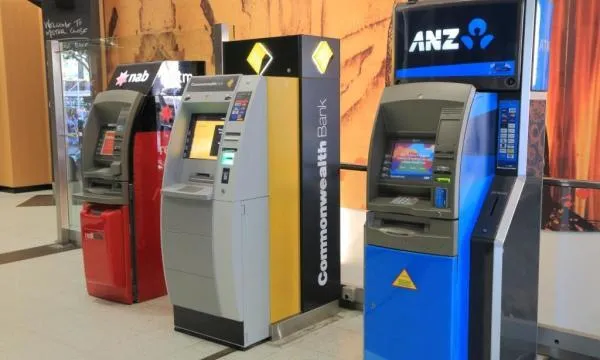
Australian banks face heightened risks from slowing housing market
A softening housing market will weigh on banks' profitability as credit growth slows.
Australia's housing market particularly in Sydney and Melbourne remains highly unaffordable, and BMI Research analysts' core view is for house prices to fall due to tightening macro-prudential measures, weak wage growth, and an increase in housing supply.
Residential mortgages account for slightly more than 60% of the loan portfolio of Australian banks, and a softening housing market is therefore likely to weigh on profitability as credit growth slows.
Here's more from BMI Research:
We expect existing macro-prudential policies that were put in place by the Australian Prudential Regulatory Authority (APRA) to weigh on the property market.
Some of the measures include taking supervisory actions against banks that grow their property-lending investment portfolio by more than 10.0% per annum (2014), requiring banks to implement tougher rules to assess the mortgage servicing ability of borrowers (2015), and the restriction of the flow of new interest-only residential mortgage lending (March 2017).
Indeed, growth in housing loans has been slowing since the peak of 8.1% y-o-y in September 2015, coming in at 6.7% y-o-y in May, according to data from the Australian Bureau of Statistics, and this trend is likely to continue.
The boom in the country's housing market over the past couple of years has resulted in record high level of household debt due to strong mortgage lending growth, and in our view, it is a major risk for the Australian economy and the financial system.
According to data from the Reserve of Australia (RBA), household debt to annualised household disposable income reached 190.4% in March 2017 (with housing debt accounting for 70% of it), which represents a considerable increase of 23.5 percentage points (pp) from the levels in March 2007.




![Lorem Ipsum [ABF 1]](https://cmg-qa.s3.ap-southeast-1.amazonaws.com/s3fs-public/styles/exclusive_featured_article/public/2025-03/a_hand_pointing_to_a_futuristic_technology_5b87c9d0e3_1.png.webp?itok=2w0y1WhS)


![Cross Domain [Manu + SBR + ABF + ABR + FMCG + HBR + ]](https://cmg-qa.s3.ap-southeast-1.amazonaws.com/s3fs-public/styles/exclusive_featured_article/public/2025-01/earth-3537401_1920_4.jpg.webp?itok=WaRpTJwE)







 Advertise
Advertise

